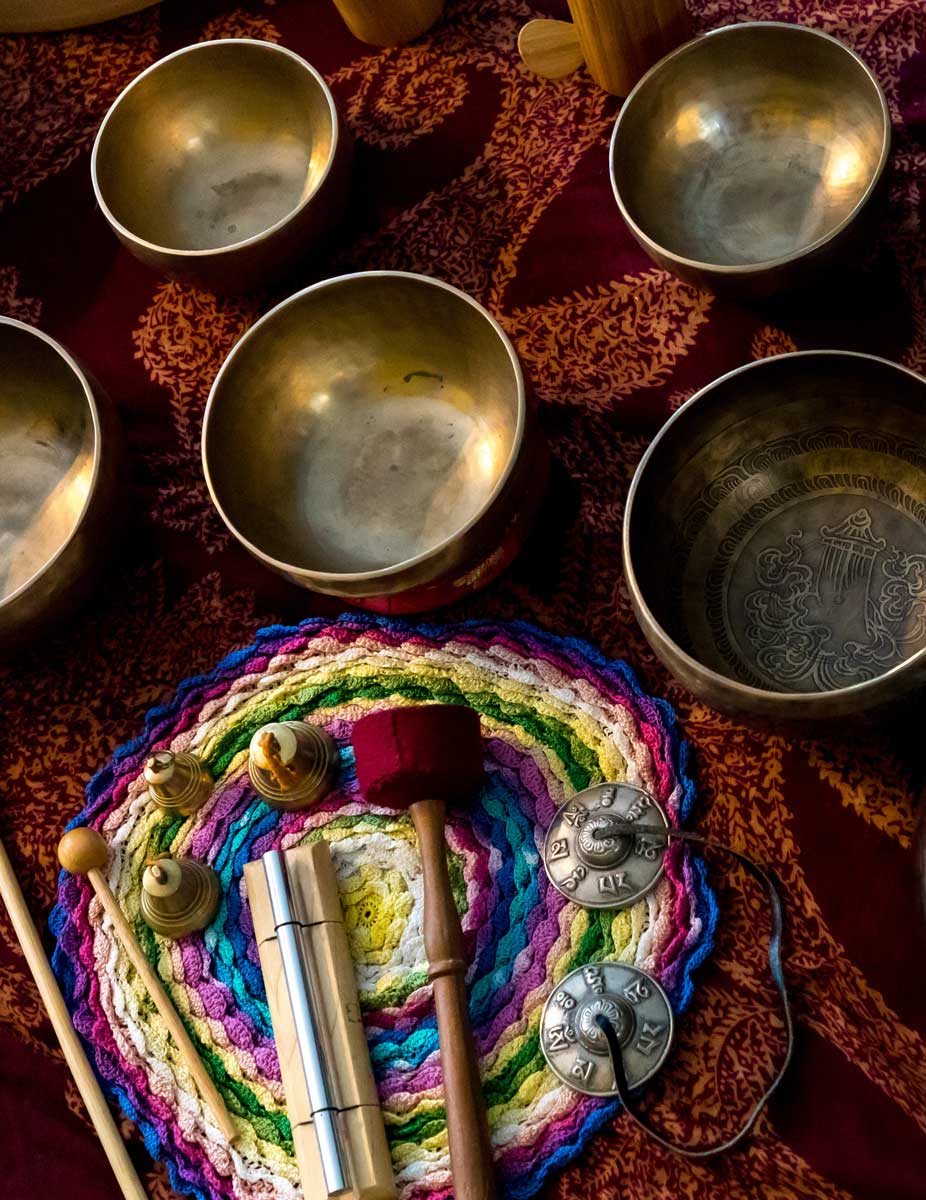Article
You Can’t Hit the Nightclubs With Your Earbuds, And this is why you shouldn’t try.
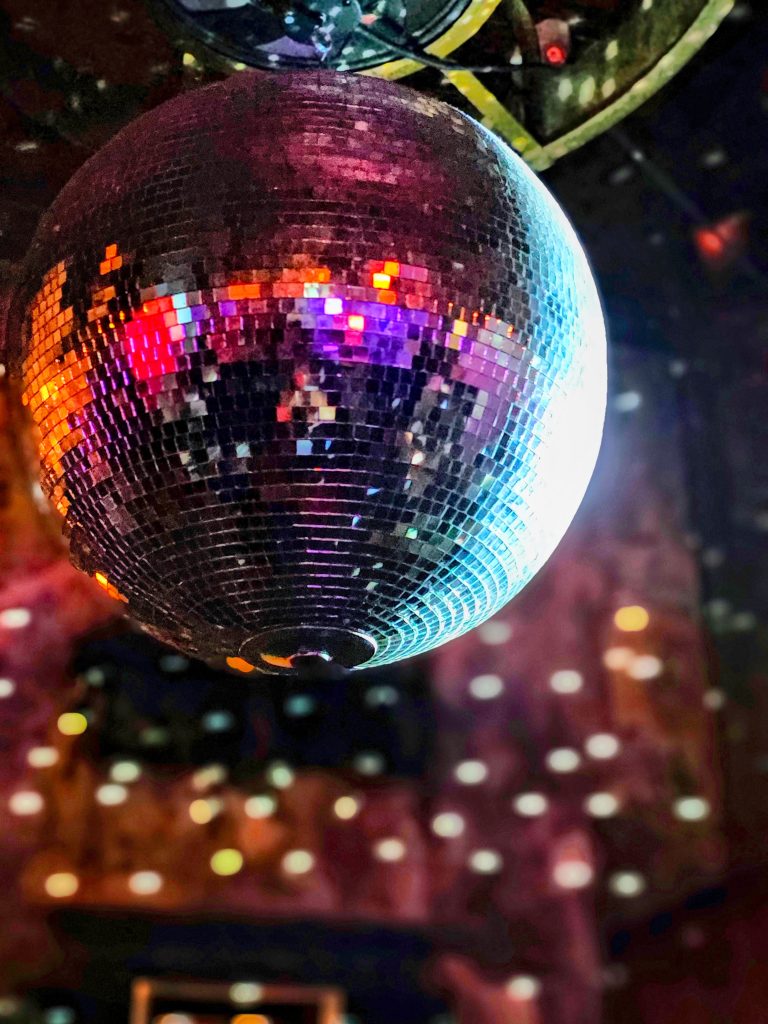
“What do you think of when you imagine nightclubs?” Ask around, and chances are people’s minds might flash momentarily to the famed “Blood Rave” scene from the ’90s dark superhero movie “Blade.” The pulsing beat of the music, a primal force and living current snaking through a crowded warehouse. Bodies swaying, a sea of humanity lost in a rhythmic throb, inside a cathedral of chaos, a haven for the hedonistic, nestled deep within the grimy heart of the city’s meatpacking district. Smoke machines belch out plumes that kiss the laser lights, painting shifting canvases of green and purple across the concrete walls.
And there’s that song. Everyone remembers that song.
And why wouldn’t they remember it? Or think back to this scene? It perfectly encapsulates the sense of abandonment many people feel inside a nightclub as they get lost in the pulsating music. Albeit the scene may be a reimagining of a real-life club, with the fantasy-gore element thrown in—yet, it’s still such a visceral re-telling of the pulse, sounds, neon visuals, and emotions that permeate during a night at the club.
There aren’t very many spaces like the nightclub where you can simultaneously be surrounded by people and lose yourself while hiding in the shadows. Or put yourself right in the spotlight of the crowd, adorning whatever clothing, makeup, or attitude you please. Inside a nightclub, music penetrates our bodies. It hits us right in our very core, releasing a wave of endorphins that amplifies our emotions and amputates the mundane thoughts that plague us throughout our day-to-day.
Nightclubs present the perfect atmosphere to allow you to feel like you’re a part of something yet retain your anonymity all at once.
From the sophisticated ballrooms of the past to the goth fantasy romanticization of a vampire rave, to the glittering dance floors of today, the club scene has consistently offered something uniquely profound. The core values of community, sonic immersion, and emotional release remain essential to our being. Yet, the club scene has taken a punch to the gut. The rise of online culture and smartphones, while convenient, has pulled us from physical spaces, diminishing the captivating pulse of clubs. Where nightclubs once reigned as primary social hubs, digital realms now offer constant connection.
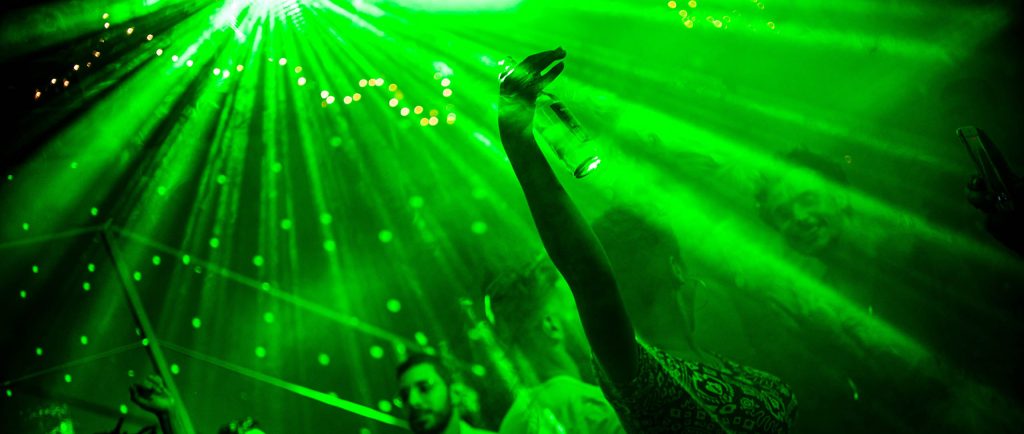
A New York Times article recently pointed out this digital shift, mentioning that it has led to a new mentality where some young people prefer to “stay inside and watch a DJ on a stream set…or ‘Now I want to be the DJ, and I’m just going to practice at home,’” rather than engage in the essential collective experience of the dance floor. Technology has facilitated a quantum leap for the promotion and dissemination of music, though this also comes with the challenge of “phone filming in nightclubs…increasingly a vibe-smothering scourge, erasing the anonymizing catharsis of a dance floor.”
However, the very same article points to a powerful resurgence: “dance music experiences yet another boom period. Festival lineups are jam-packed with DJs, while some of the biggest names in pop music (including Beyoncé, Drake, and Charli XCX) have made dance music-inspired or adjacent albums.” It’s easy to see why the physical presence and dedicated financial spending in clubs have dwindled, but we must still recognize their vital importance and work to inspire their revival. With dance music more prevalent than ever, the promise of a sound system that can handle the depth of the bass and rise to the high note challenge in a way headphones or earbuds simply can’t is a compelling reason to seek the collective enjoyment of the nightclub.
The Irresistible Pull of Nightclubs: Sound, Movement, and Release
Long before neon lights and thumping bass in today’s nightclubs, the human desire to gather and dance to music was an innate force. In the 1940s and 50s, elegant ballrooms and dance halls buzzed with social life, offering a rhythmic escape from daily routines. These early spaces were the foundation of the nightclub. They walked so the club scene could run. By the mid-20th century, it wasn’t just a quiet transition; it was a revolution brewing on the dance floor. As new rhythms emerged and technology advanced, those elegant ballrooms began to shed their formal skins.
Amplified music reigned, turning up the volume on royal possibilities. And then there was the DJ. An electronic music conductor, weaving together tracks to create a continuous, pulsating journey. It wasn’t just about dancing with a partner and doing the foxtrot anymore. Solo rhythmic moves were often preferred, as this new atmosphere created a dedicated space where sound and movement merged into something entirely new. You could go dancing by yourself. And the very idea of “going out” was about to get a whole lot louder and a whole lot more evolved, dripping with adrenaline and bass.
The energy in these evolving spaces was infectious. Music wasn’t just heard; it was felt. It became a physical presence that united everyone. This foundational need for sound deepened, evolving into a craving for a total sensory experience. The 1970s marked a definitive golden age, with Disco leading the charge, exploding across the globe, and fundamentally redefining the nightclub experience. This era brought a new level of extravagance, seeing clubs meticulously integrate dazzling light shows, intricate visuals, and captivating performance art. Dancefloors became fully immersive sonic environments where every element worked in concert, deepening the collective experience and truly moving people to their core.
As Tamara Deike, a veteran of dance music culture, from DJ to label boss and event promoter, eloquently states:
“Its rhythm echoes the heartbeat—ancient, instinctive. The pulse of drum circles, the chants of our ancestors. Science backs it: heartbeats can literally sync when people share an emotional moment or an immersive soundscape.”
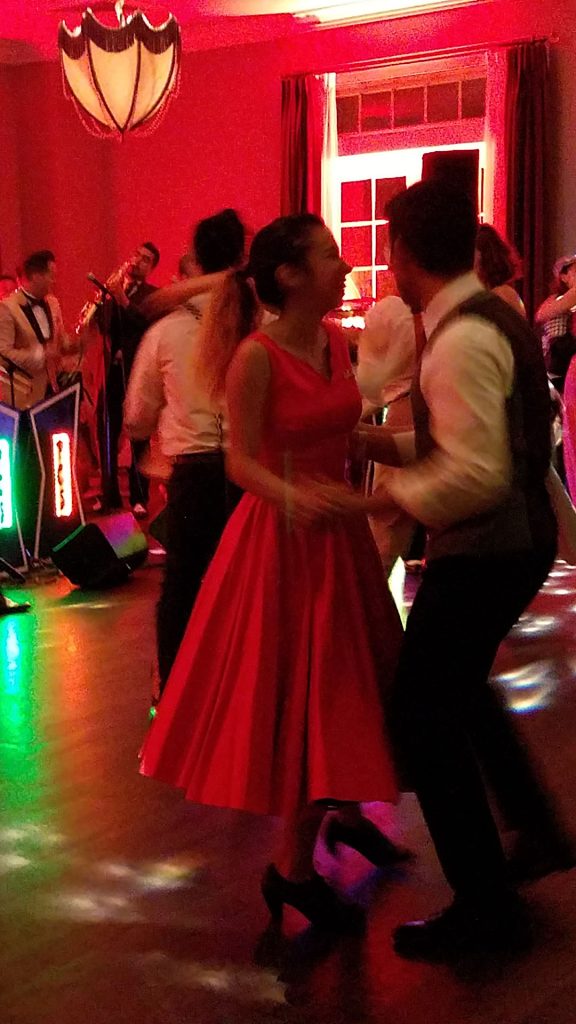
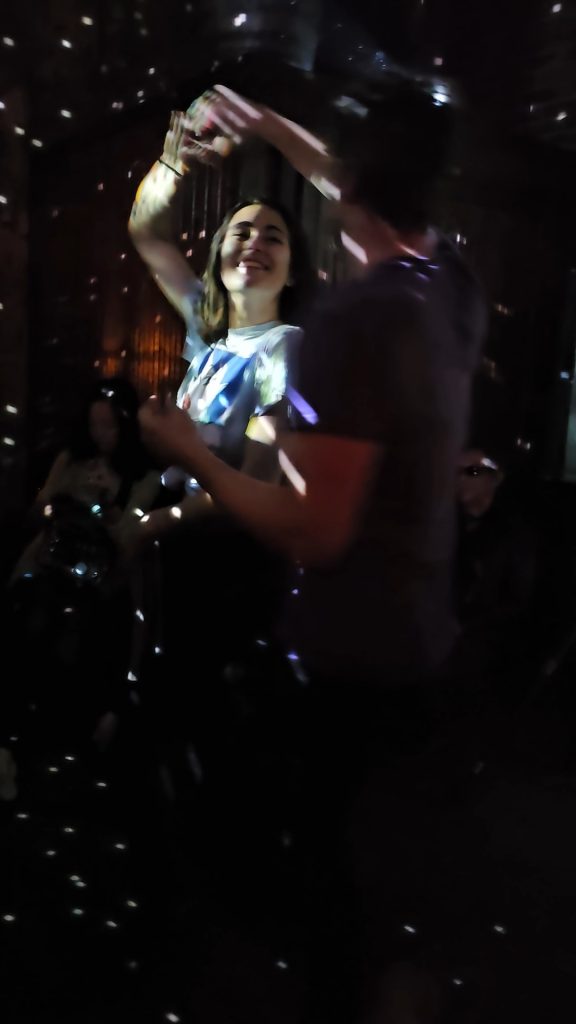
The Dancefloor as Sanctuary: The Community of Nightclubs
Beyond just music and lights, these emerging nightclubs quickly became something far more profound: crucibles of connection. Here, communities bloomed, worries melted away, and individuals found a unique freedom to express themselves through music and movement—a vital connection often missing from everyday life.
The dancefloor became a space of pure, unadulterated emotional release, where collective euphoria was not just sought but achieved. It was a shared transcendence, a moment where individual stress about unrequited love, missed job promotions, or family struggles simply melted away in the rhythmic embrace of the crowd. It didn’t matter who you were, where you came from, or how you got there. All that mattered was the now.
Tamara Deike, reflecting on her own journey through early-aughts club culture, perfectly captures this feeling:
“As someone who came up in early-aughts rave culture and spent years as a DJ and in nightlife promotion, I’ve felt it firsthand—what happens when bodies move in unison, bound by bass and breath. The dance floor becomes a kind of sanctuary. Identity, ego, whatever you walked in carrying—gone. As Danny Tenaglia and Celeda said, ‘Music is the answer.’ For me—and so many raised in the arms of dance culture—it’s medicine. A place to release, reset, and get beautifully lost in the sound.”
The Quietening Pulse: Modern Challenges to Connection
While the golden age burned bright, the landscape of nightclub culture has undeniably shifted, facing significant challenges and undergoing profound transformations that threaten its core essence.
The digital disruption has profoundly impacted traditional nightclubs’ attendance. The advent of online streaming and the ubiquitous presence of social media, while convenient, has fostered personalized, isolated sonic experiences through headphones and algorithms. This has slowly eroded the communal aspect that once defined nightlife, replacing shared physical space with individual digital realms.
Then came the COVID-19 pandemic, delivering a seismic shock. The widespread closure of clubs led to the tragic loss of countless physical spaces needed for human connection. Though virtual events emerged as a temporary solution, they paled in comparison to the in-person joy of shared experiences and collective release.
A curious evolution in recent times has been the rise of the silent Disco. On the one hand, it offers a novel way to experience music in various settings, reducing noise complaints and providing personal control over the sonic landscape. On the other hand, it inherently fragments the collective experience, with each individual lost in their own channel rather than a shared, booming sound system that binds everyone together. Then there is the poor audio quality. Headphones are often rented en masse, which compromises their quality. A lack of quality sound can deafen the unbridled call of the nightclub beat.
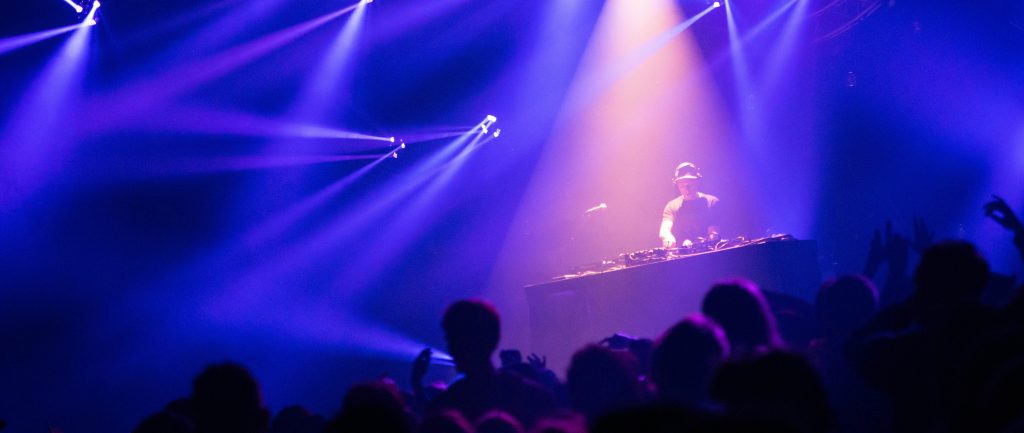
Rekindling the Flame: The Enduring Call for Nightclub Culture
Despite these transformations, the fundamental allure of nightclub culture and the enduring power of collective sound remain undeniable. There’s a profound psychological and physiological benefit to dance and music, a release that transcends the everyday. Shared sonic experiences create lasting memories and forge deep emotional connections that isolated listening simply can’t replicate.
The feeling of a powerful sound system, carefully calibrated and designed, enveloping you and the crowd, is a unique human experience. This is where the magic of advanced audio technology comes into play, creating environments where sound isn’t just heard, but felt, helping to facilitate these profound collective moments. The importance of physical spaces and embodied interaction that build genuine community and uninhibited self-expression cannot be overstated. Clubs are vital for this.
The path forward for club culture might involve hybrid experiences that intelligently blend physical and digital elements. More crucially, it demands a renewed commitment to supporting independent clubs and artists who are the lifeblood of this unique ecosystem. However, the future also sees owners of clubs aiming to quell aching clubgoers with new technological ambition.
Take LIV in Miami, for instance. This nightclub within the Fontainebleau Miami Beach has long been a beacon of nightlife. Recently, LIV underwent a significant audio upgrade, installing a state-of-the-art L-Acoustics L Series sound system. This powerful system, featuring L2D loudspeakers and numerous KS28 subwoofers strategically placed, delivers earth-shaking bass and pristine clarity, ensuring that artists’ performances are heard and felt throughout the entire space, from the dance floor to the VIP skyboxes. Similarly, ZOUK at Resorts World Las Vegas stands as another prime example. This cutting-edge nightclub features a touring-grade L-Acoustics K3i system in its main venue, along with an A15-based system in its exclusive Empire Room. ZOUK’s dedication to unparalleled sound quality has made it a favorite among top DJs and a destination for clubgoers seeking an extraordinary auditory experience.
These venues, alongside the recent grand opening of [UNVRS] in Ibiza, noted as the world’s first “hyperclub,” are setting a new standard. With a 15,000 capacity, it’s now home to live performances that deliver the ultimate listening experience through its meticulously designed acoustics and cutting-edge sound system, commissioned in collaboration with L-Acoustics. As Vanguardia’s Olly Creedy described, it’s “a breathtaking sensory journey,” fusing dynamic lighting, dancers, cutting-edge visuals, and a powerful L-Acoustics sound system into an audio-visual spectacle.
Further enhancing this immersive future is the emergence of groundbreaking technologies like L-Acoustics DJ. This innovative product transforms traditional stereo DJ mixes into object-based 3D soundscapes in real-time. By leveraging machine learning to separate stereo audio into individual stems (such as drums, bass, and vocals), L-Acoustics DJ enables DJs to dynamically position and move these elements throughout the venue, creating an expanded canvas for their creativity and delivering an unparalleled, multidimensional sonic experience for the audience. This means that the future of the nightclub experience is poised to offer experiences that no digital stream can match.
It’s time to trade the pixel glow for pulsating bass. Drop the phone. Step out from behind the screen. Go reclaim the raw, transformative power of shared sonic experiences. Let the music penetrate your body and mind within spaces crafted for ultimate immersion. Let yourself feel like you’re in that vampire club scene and dance with reckless abandon. The club isn’t merely a venue; it’s a sanctuary.
Embrace the beat, for in its shared rhythm, we find ourselves, together.
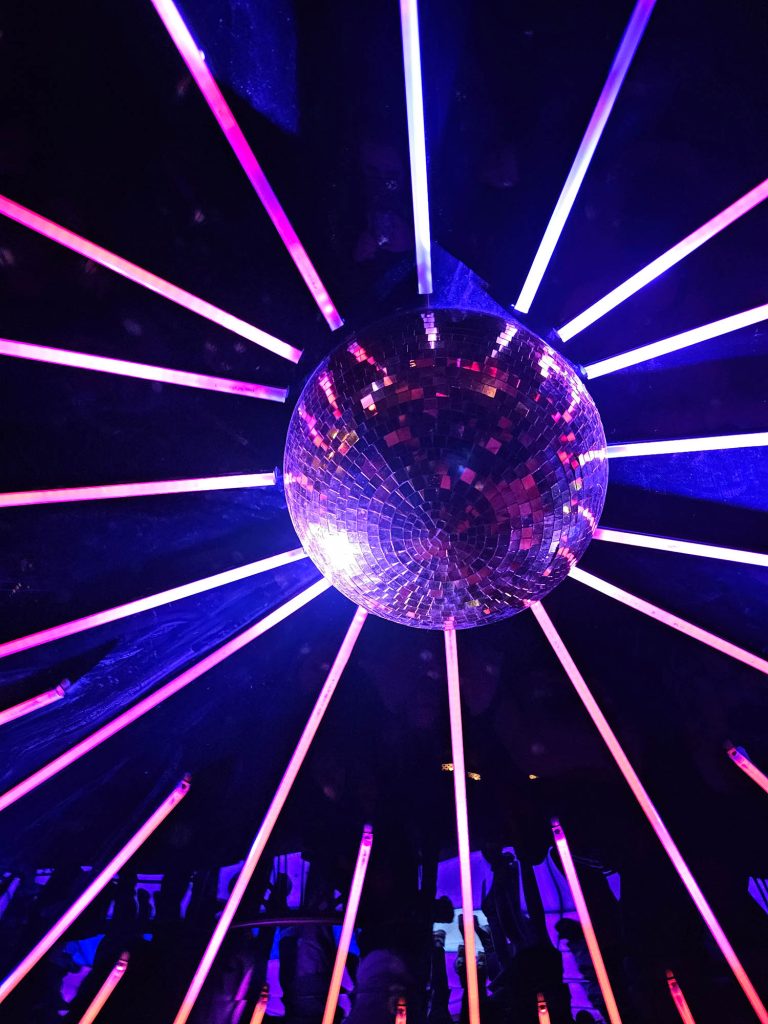
More from L-Acoustics
Technologies, solutions, news, and stories related to this article.

